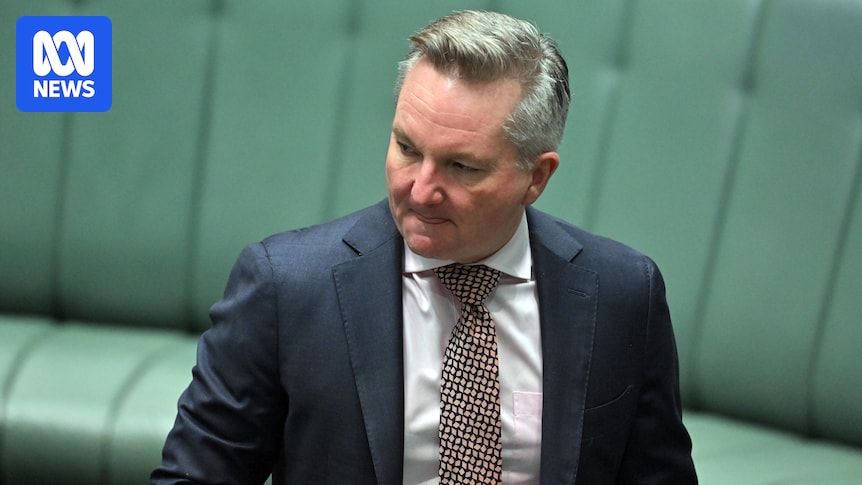Bowen: Carbon Tariff Possible, Australia's Climate Push Intensifies
Australia's Climate Change Minister, Chris Bowen, has signaled a potential shift towards implementing a carbon tariff, marking a significant escalation in the country's commitment to tackling climate change. This move comes amidst growing international pressure and a renewed focus on reducing carbon emissions. The implications for Australian businesses and the global carbon market are substantial.
What is a Carbon Tariff?
A carbon tariff, also known as a carbon border adjustment mechanism (CBAM), is a tax levied on imported goods from countries with less stringent climate policies. The aim is to level the playing field for domestic businesses that already face carbon regulations, preventing "carbon leakage"—where industries relocate to countries with weaker environmental standards to avoid compliance costs. Essentially, it's a way to incentivize global emission reductions.
Bowen's Hints and the Path Forward
While not explicitly committing to a carbon tariff, Bowen's recent statements suggest it's a serious consideration. He highlighted the need for a robust climate policy framework that not only reduces domestic emissions but also accounts for the global nature of the challenge. This signals a potential move away from relying solely on domestic measures, acknowledging the importance of international cooperation and trade competitiveness.
He emphasized the government's ongoing consultations with industry stakeholders and international partners. This collaborative approach is crucial for navigating the complexities of implementing such a significant policy change and ensuring a smooth transition for affected businesses.
Key Considerations for a Successful Implementation:
- Transparency and Consultation: Open communication with industry and the public is essential to build support and address concerns. A well-defined consultation process will foster trust and ensure the policy is tailored to meet the needs of various sectors.
- International Cooperation: Collaboration with trading partners is paramount. A coordinated approach among countries could avoid trade disputes and maximize the effectiveness of carbon tariffs. Alignment with existing or emerging international frameworks will be vital.
- Economic Impact Assessment: A thorough analysis of the potential economic effects on different industries is crucial. Targeted support measures may be needed for sectors heavily impacted by the tariff to ensure a just transition.
- Technological Innovation: Incentivizing the development and adoption of clean technologies is crucial to support emission reduction efforts. The tariff revenue could potentially be reinvested into research and development initiatives.
Global Context and Australia's Position
Australia's potential embrace of a carbon tariff reflects a global trend. The European Union, for instance, is already implementing its own CBAM, demonstrating a growing international commitment to using trade policy to address climate change. This move by Australia could strengthen its international standing on climate action and encourage other nations to follow suit.
Implications for Australian Businesses
Australian businesses will need to adapt to the potential introduction of a carbon tariff. Those that have already embraced sustainable practices and reduced their carbon footprint will be better positioned to compete. However, for companies with high carbon emissions, adjustments will be necessary to avoid significant cost increases. This could stimulate investment in cleaner technologies and more sustainable business practices.
Conclusion: A Turning Point for Australian Climate Policy?
Bowen's statements represent a potentially significant turning point in Australia's climate policy. The prospect of a carbon tariff signals a more ambitious and internationally integrated approach to emission reduction. While challenges remain, the potential benefits – in terms of both environmental protection and economic competitiveness – are substantial. The coming months will be crucial in observing the government's next steps and gauging the response from industry and the international community. This development warrants close monitoring as it unfolds.
Further Reading:
- (replace with actual link)
- (replace with actual link)
Call to Action: Stay informed about developments in Australia's climate policy by subscribing to our newsletter for regular updates on this crucial topic. (Link to newsletter signup)

